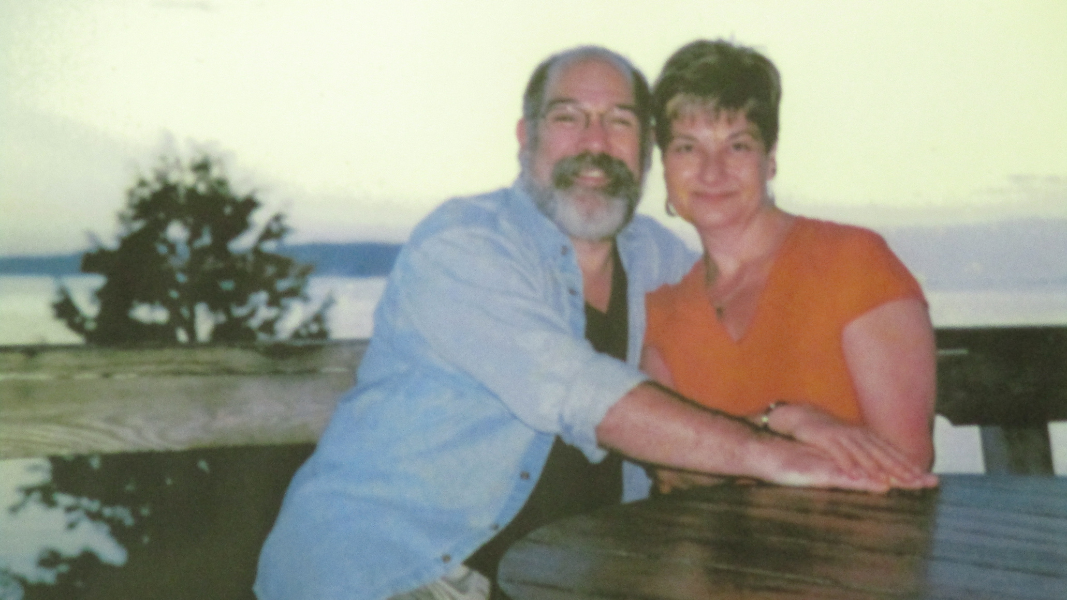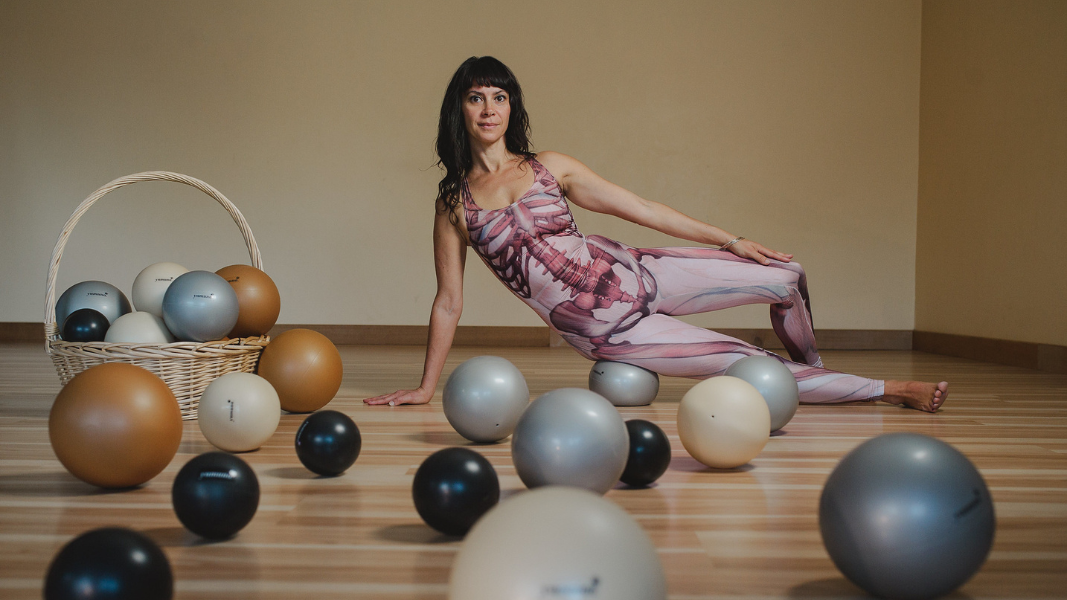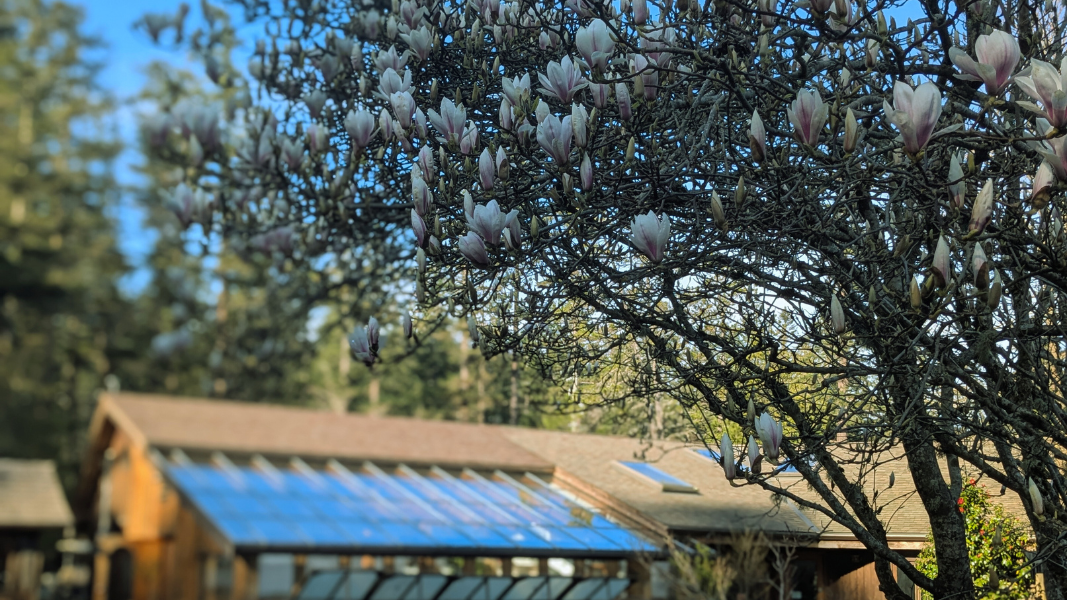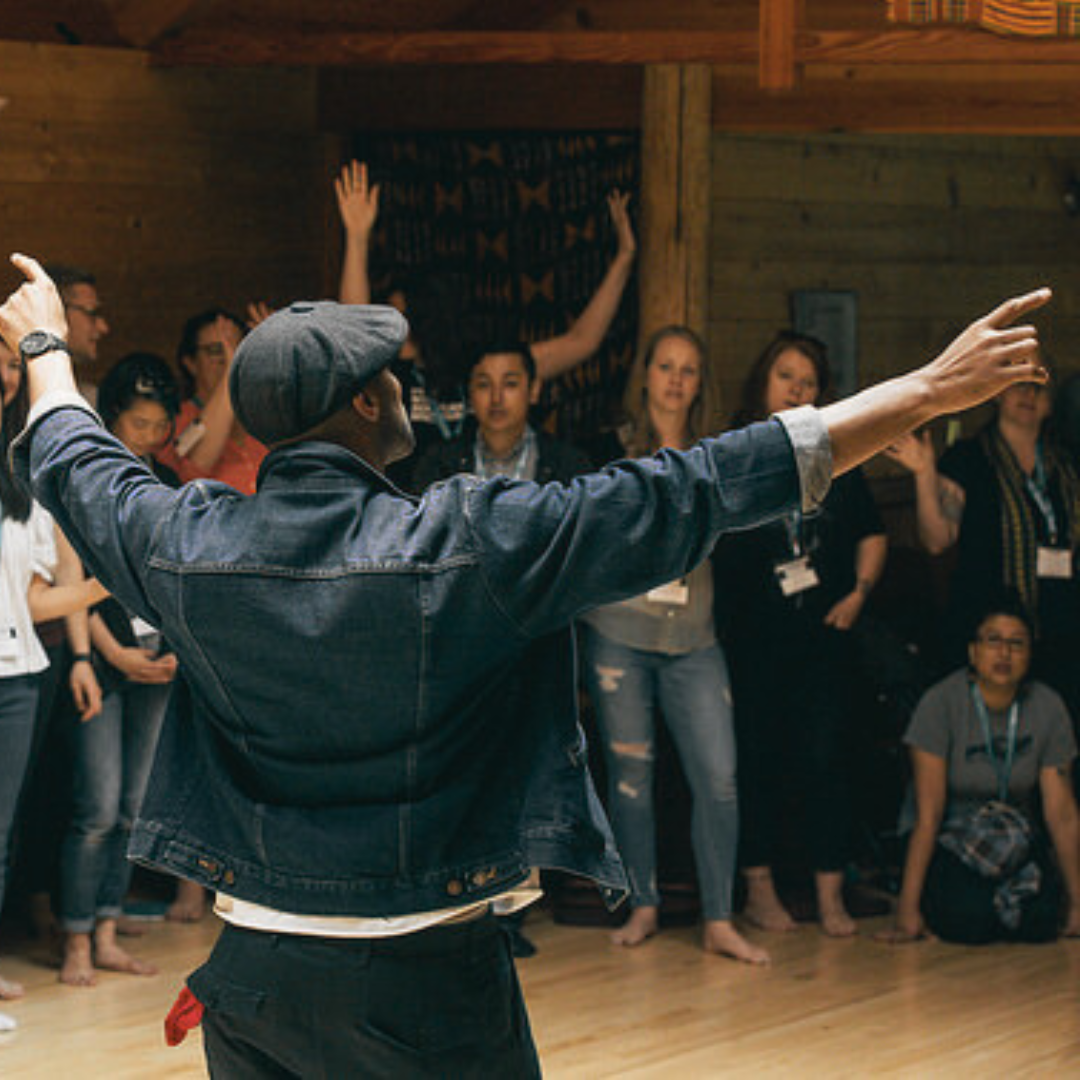I have a secret to confess: I’m a yoga teacher who doesn’t believe in yoga.
Don’t get me wrong – I have a lot of gratitude for yoga, and I even have a regular morning practice that is based in vinyasa.
But a lot of the people who are drawn to yoga, don’t actually need it. Or it’s not always a complete practice.
My body is hyperflexible, and always has been. My elbows can turn inside out, and my knees can bend a little backwards. Yeah, it’s a bit freaky.
When I started yoga in my early teens, I was hooked. I could pretzel myself into all sorts of weird positions and had a light enough body weight that some of the more strength-based positions seemed easy to me and didn’t require much work. My instructors applauded me for being so flexible.
My hyper-flexibility wasn’t just physical. On a personal level, I was flexible to a fault. Change of plans? No problem! Need me to do something uncomfortable or stretch past my limit? Got it! My main MO was “YES!” and I was in a constant cycle of taking on too much and then burning out.
Of course, this makes sense – our body states often are often a reflection our mental and personality patterns. (For more of a deep dive on this idea, check out When the Body Says No by Gabor Mate).
I thought yoga was just the spiritual balm I needed to manage my cycles of burn-out. However, it was a place when I continued to hyper-extend my already too flexible limits. And ultimately, it allowed me to continue taking on more than was healthy for me, with the illusion that the meditative practices would sustain me while I was overextending myself.
Then a disk in my low back herniated and sequestered*, and everything changed. I was in constant and excruciating pain, with days where I could barely walk or get out of bed.
My body said no more.
After about a year of seeing every kind of practitioner imaginable, I finally got in to see a spinal specialist at Vancouver General Hospital. He told me that I would very likely spend the rest of my life in pain (with or without surgery).
This time, I decided not to flex or accept this reality. I decided to say no. I was determined to heal myself without surgery, and to find freedom in my body again.
As soon as I said no, I started to gain power. I discovered a deeper strength that I didn’t know I was missing.
I started listening to my body in new ways. I would lay on the floor and just explore based on sensation and my body intuition. I would end up in shapes and stretches that weren’t in any yoga book, because they weren’t linear, stagnant, or prescriptive. They were intuitive and changed each day. It was a dance.
Then I started to do Pilates. This was a game changer. It connected me to a deep strength that wasn’t just physical. The more I intelligently strengthened my core, the more I felt the power to feel and express my boundaries in my life.
Then one day, I woke up, and the pain was gone.
To this day, when I start to overextend myself emotionally or mentally, my low back tells me about it. And when I shift to a more balanced lifestyle, I become pain-free.
I started this blog post by saying “I don’t believe in yoga,” which is a grand statement considering that yoga means many things to many people. The industry of yoga has changed a lot over time and I’m excited to see some of the positive shifts that are happening. What I really mean by this statement is that I don’t think yoga is the be-all-and-end-all for everyone – it’s not the complete panacea that some people claim it to be.
Different people need different things. Stress states will show up in your body in different ways based on your disposition (which is influenced by societal programming, your history with trauma, and personality traits). I happened to be over-flexible and tended towards a “fawn” (accommodating) state when stressed (other states include fight, flight, and freeze). So what I needed for balance and recentering will be different than someone else who tends towards something else.
Yoga has taught me a lot about extending, reaching outward, and opening my heart. It can be an expansive practice that is supportive for those who feel closed, often in response to hardship or trauma. This is really important.
In contrast, Pilates has taught me a lot about contracting, drawing inward, and powering my center. It can be a solidifying practice that is supportive for those who feel overextended or powerless.
Dance and somatic movement add an element of dynamicism. As movement becomes more intuitive and less prescriptive, more fluid and less stagnant, we can more easily listen to and adjust for where we are at, physically, emotionally, and spiritually.
And somewhere amidst all these qualities of expansion, contraction, and dynamicism, we can find center. When we find center in our physical bodies, we can find it in our lives.
You can learn more about stress states and finding center in my upcoming intensive on Oct 7-12: Finding Neutral: Pilates & Yoga for Centred Living
In this program we will:
- Learn Pilates fundamentals to support healthy posture, efficient movement, and core strength/endurance.
- Enjoy a daily practice of Bellyfit Flow™—a dynamic mix of vinyasa yoga and dance fitness—to integrate greater adaptability, fluidity, and joy.
- Spend our evenings relaxing with yin yoga, restorative yoga, and meditation to activate the parasympathetic nervous system and release body tension and stress.
- Gain an awareness of stress-response patterns (fight, flight, freeze, fawn/friend), and how they might affect us.
- Experience a deeper connection to our body cues, especially as they relate to boundary setting, and how to communicate them effectively.
If you share a room with one other person, you can get 15% off your room and meals package!
I can’t wait to see you there!
*There are discs in your spine that provide spongey protection between the vertebrae (the bones of the spine). Inside these discs is a jelly-like substance. In a herniated disc, the jelly substance protrudes and can agitate the nerves in the spine. In a sequestered disc, the jelly escapes and migrates into the spinal canal, and can wreak havoc. Click here to return to where where you left off reading.










